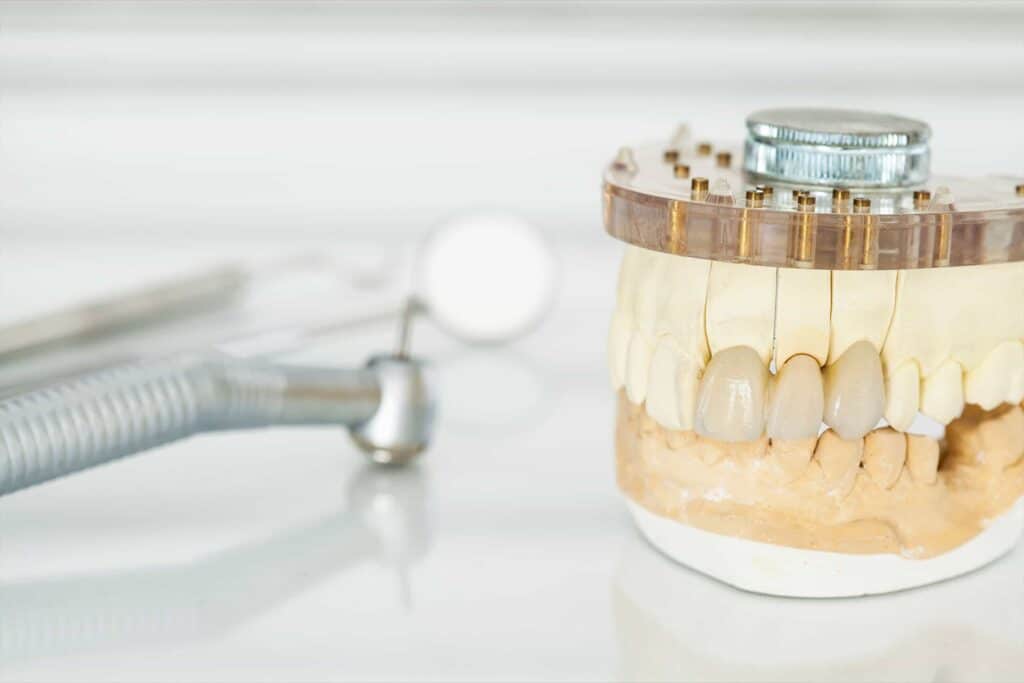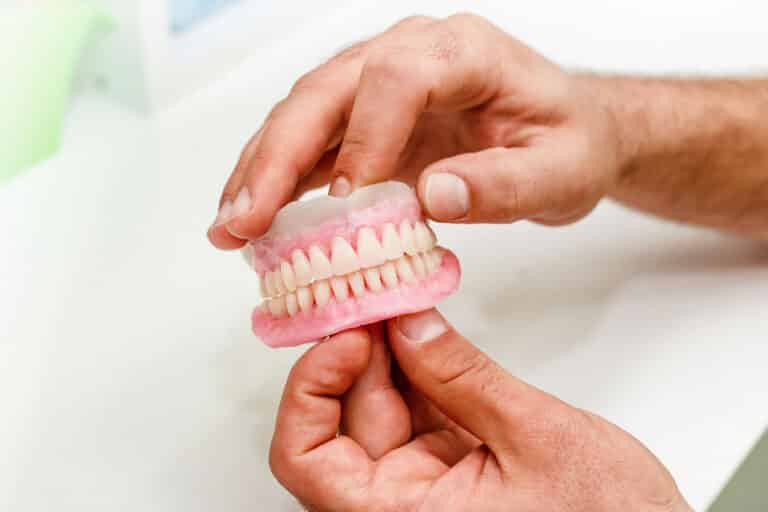Every parent knows the nightmare of teething with a baby. Even babies that handle the pain of teething well have moments of fussiness, refusing consolation of any kind. Luckily, shared parenting advice and medical advancements have made it easier for parents to soothe them.
This article will discuss how to soothe a teething baby, along with advice and methods that truly help make teething more comfortable for your them. Teething is a difficult journey; we’re all just along for the ride.
Signs Your Baby Is Teething
If this is your first rodeo, you might not be too familiar with the physical signs of teething. While all babies are different, there are a few things to look for that signal they’re about to cut that first tooth. Knowing when baby teeth erupt is also helpful.
- Sore gums and a red spot where the tooth (or teeth) will come through.
- Mild temperature or fever.
- Flushed cheeks on one or both sides.
- Continually rubbing the ear on the same side of the emerging tooth.
- Facial rash.
- Drooling more than usual.
- Gnawing and chewing.
- Interruption of a regular sleep routine.
Of course, it’s important to remember that some babies come through the process of teething without any pain or discomfort at all. While we salute those parents (and secretly talk about how lucky they are), painless teething is not the case for many babies.
Babies start teething between four and eight months, though it can happen earlier or later. However due to the wide variance of the first baby tooth, it is important to be able to also recognize the other symptoms of teething.
How To Help A Teething Baby
There are various ways to comfort and relieve a miserable, teething baby. It’s difficult for parents to see their babies in pain, and the following methods work wonders for mitigating the typical teething soreness.
- Massage the gums by applying gentle pressure.
- Let them chew on a cold washcloth.
- Refrigerate a non-liquid teething toy or pacifier.
- Spend extra time rocking and cuddling.
- Try numbing or pain medication under the instruction of your pediatrician.
Cold compresses work well to help teething babies fall asleep. There is no shame in using OTC medication, as long as your pediatrician approves and provides you with the proper dosage and information. Do what works for you and your family, and never fail to skimp on the cuddles because they work!
Home Remedies For Teething Babies
There are some fantastic home remedies for teething babies that don’t require too much work or supplies.
- Use a clean finger or wet gauze pad to rub the gums, as the pressure can ease discomfort.
- Chilled (not frozen) soft baby spoons, washcloths, and teething rings dull pain and fulfill the desire to chew.
- Offer a teething ring made of very firm rubber, nothing liquid as it may break.
- If your baby eats solids, try giving them a chilled and peeled cucumber or carrot to gnaw on, but they will require heavy supervision as broken pieces pose a choking hazard. To avoid this, you use a feeding bag.
- Continuously dry the drool from your baby’s face to prevent skin irritation, which can be just as annoying to them as the actual teething.
How Long Does Teething Last?
Teething can last for some time, depending on how your baby’s teeth decide they want to come in. Some babies have a few teeth pop through in close proximity, while others space it out. If we’re talking about how long it takes the actual tooth to pop through the gums, it can take between days to a couple weeks.
The process of teething is usually done around 18-24 months, though some children can continue to grow baby teeth until as late as 3-5 years. Teething is frustrating, but parents can take solace in the fact that once they’ve determined that a tooth is erupting, it won’t take too long to come in.
If your baby is running a high fever or develops stomach problems, such as diarrhea, it’s time to seek professional help, as these symptoms may not be teething-related. Calling your pediatrician is the right way to go if you have any concerns. While many teething symptoms can seem severe, they should not cause more than fussiness.
What To Do After?
Once that first tooth comes through, you can begin to maintain an oral health routine for your baby, brushing with a gentle rubber brush and no toothpaste. As they develop teeth, the care routine will become more involved, eventually graduating to a soft-bristled toothbrush and toothpaste. Use fluoride-free toothpaste until your child understands not to swallow the toothpaste.
Teething can be downright awful, but there are ways to lessen the pain for your baby (and for you!).





